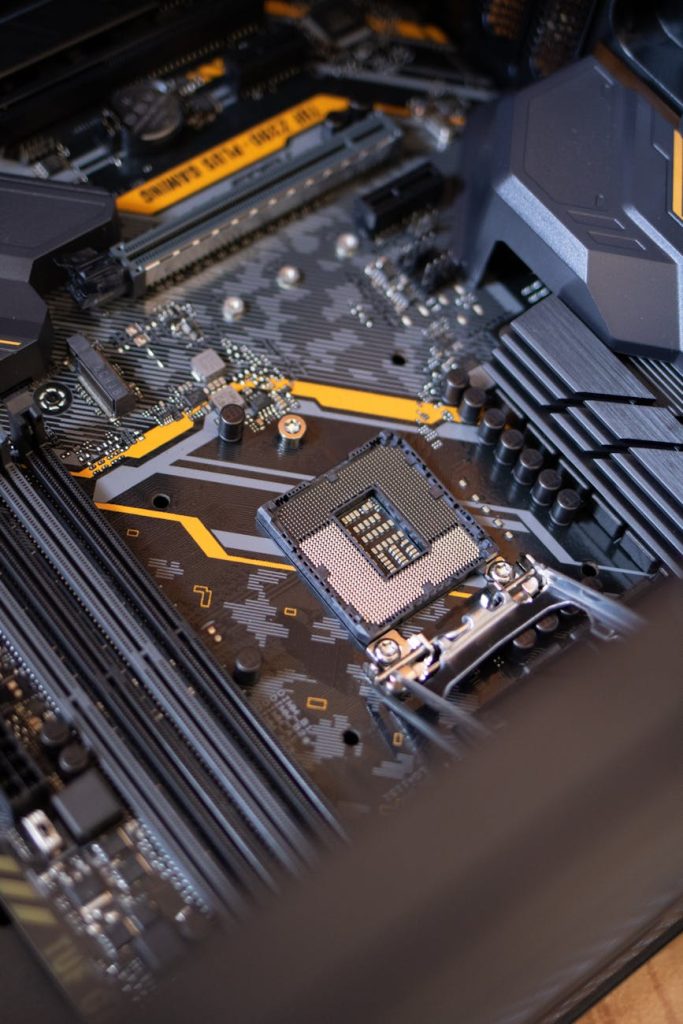
Artificial intelligence (AI) is rapidly transforming industries worldwide, but the technologies behind AI require vast amounts of data processing power, which in turn, leads to substantial energy demands. Data centers, the essential infrastructure powering AI, must evolve to support these needs sustainably. This article explores how major tech companies are innovating to meet the rising energy demands of AI while keeping environmental impact in check.
The Rising Energy Needs of AI and Data Centers
With the expansion of AI applications like machine learning, natural language processing, and image recognition, the computing power required to support these processes is unprecedented. As AI models grow larger, so does their energy footprint. Data centers, which host the servers running these complex AI models, consume vast amounts of electricity. According to recent research, global data centers account for nearly 1% of worldwide electricity usage and are expected to grow as AI becomes more prevalent.
How Big Tech Companies Are Innovating for Sustainable Data Centers
Leading tech companies like Google, Microsoft, and Amazon are at the forefront of creating sustainable solutions to reduce the carbon footprint of their data centers. Here are some of the methods they’re using to meet AI’s energy demands responsibly:
1. Investing in Renewable Energy
To offset the growing power consumption, big tech companies are increasingly investing in renewable energy sources such as wind, solar, and hydroelectric power. Google, for example, has pledged to run all of its data centers on carbon-free energy by 2030. By using renewable energy sources, tech giants are working towards reducing greenhouse gas emissions and promoting a cleaner energy future.
2. Implementing Energy-Efficient Cooling Systems
Cooling is one of the most energy-intensive parts of running a data center. To address this, companies are designing energy-efficient cooling systems that can operate with minimal power. Microsoft has experimented with underwater data centers that use the natural cooling properties of ocean water, while other companies are exploring advanced air-cooling techniques to reduce energy consumption further.
3. Developing Custom AI Hardware
Standard processors are often not energy-efficient for AI workloads, so companies like Google and NVIDIA have developed custom AI hardware designed to optimize power usage. By using specialized chips, such as Google’s Tensor Processing Units (TPUs) and NVIDIA’s A100 GPUs, these data centers can handle complex AI tasks while reducing energy needs compared to traditional hardware.
The Future of Sustainable AI-Powered Data Centers
The future of AI-driven data centers will likely involve a combination of renewable energy, AI-specific hardware, and innovative cooling solutions to manage the environmental impact. As AI becomes integral to our daily lives, ensuring that its infrastructure operates sustainably is a priority for both tech companies and environmental advocates alike.
Data centers of the future may even employ AI to optimize their energy use, adjusting cooling and processing loads based on real-time energy availability and consumption patterns. By continuing to innovate in these areas, big tech companies aim to balance the growth of AI with responsible energy usage.
Conclusion: Meeting the Challenges of AI’s Energy Demands
As AI continues to advance, its energy requirements present both a challenge and an opportunity. Tech companies are responding by investing in renewables, pioneering energy-efficient hardware, and improving cooling methods to reduce their environmental impact. The steps they take today will play a crucial role in shaping a sustainable future for AI and data infrastructure.
Stay updated with SnoopiBoard for more insights on technology advancements and how they impact industries worldwide.
Subscribe to our email newsletter to get the latest posts delivered right to your email.